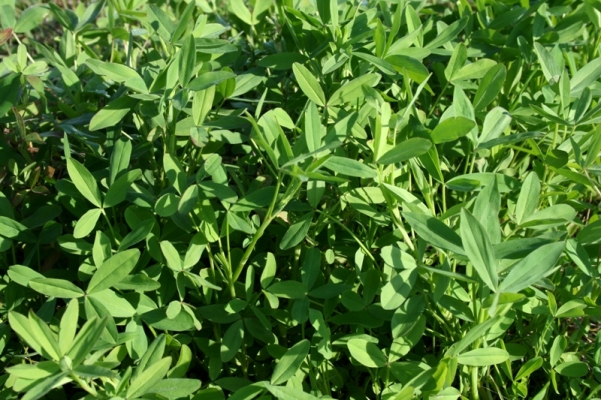Vardan: It is suitable for cultivation in whole Uttar Pradesh. Gives average yield of 360-400qtl/acre.
Bundelkhand Berseem (J.H.B 146)
Mescavi: Developed by CCS, Hisar. It is suitable for cultivation in entire growing areas. Gives 5-6 cuttings. Gives average yield of 300-340 qtl/acre.
Bundelkhand Berseem (J.H.T.B 146): It is suitable for cultivation in whole Uttar Pradesh. Gives average yield of 380-440 qtl/acre.
BL 10: It is suitable for cultivation in western Uttar Pradesh. Gives average yield of 400-480 qtl/acre.
Other state varieties:
BL 22: Developed by PAU, Ludhiana. It is suitable for hilly areas of north India and sub-temperate region.
BL 180: Developed by PAU, Ludhiana. It is suitable for growing areas of north India.
HFB 600: Developed by CCS, Hisar. It is suitable for cultivation in entire growing areas. More profitable than Mescavi variety. Resistant to root and stem rot. It gives average yield of 280-300 qtl/acre of green fodder and 36-40 qtl/acre of dried fodder.











